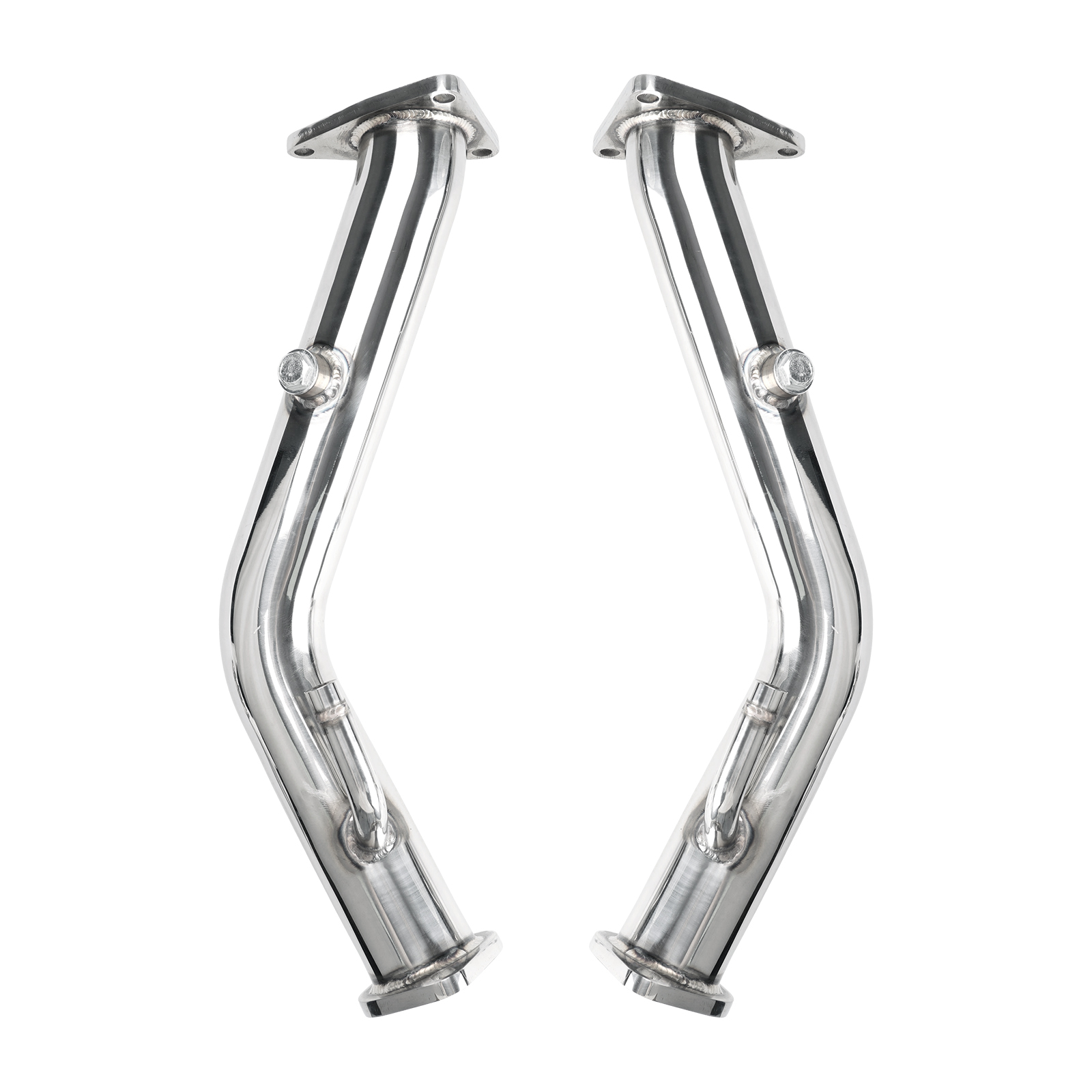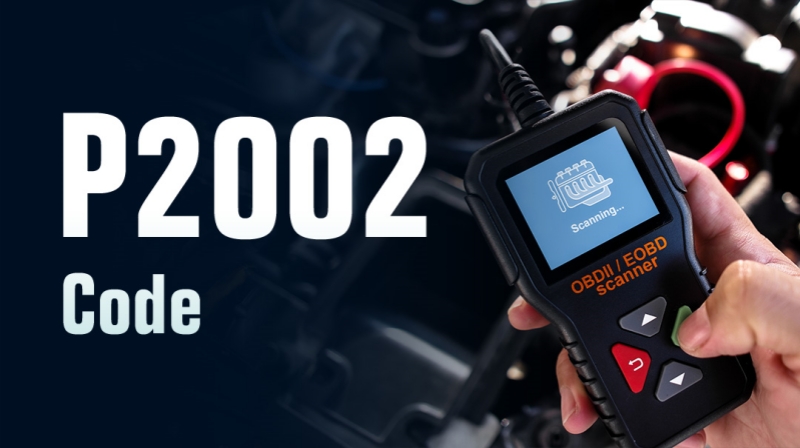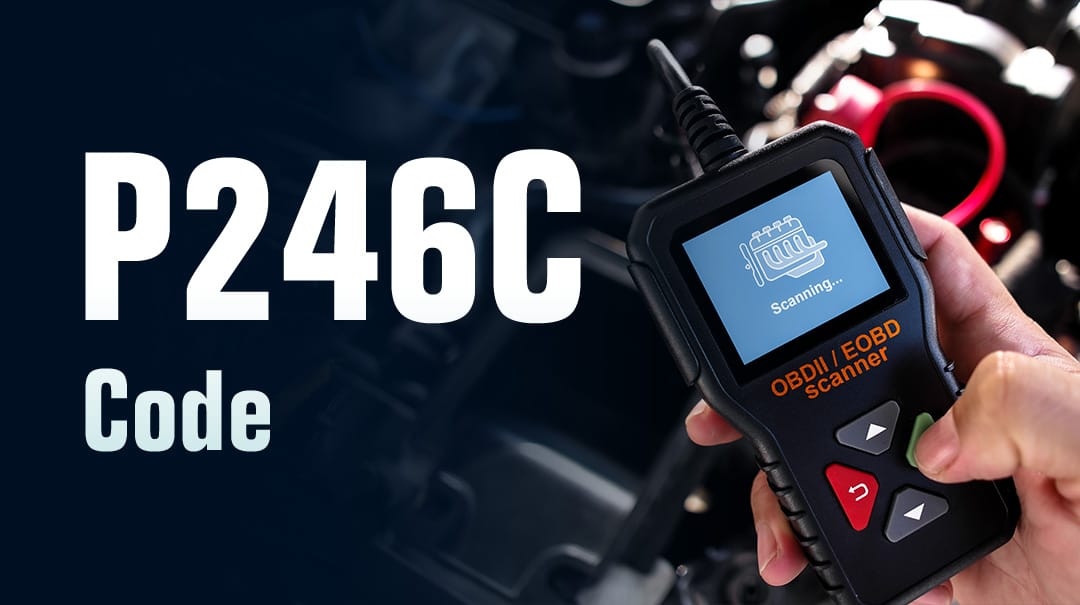Few topics spark as much controversy in the diesel truck community as EGR delete. Some praise the modification as a performance savior, while others decry it as an environmental hazard. What do you think? This article dives into the topic, revealing what is EGR delete, its pros and cons, is it worth it and more. We hope to help you make an informed decision.
EGR delete removes the exhaust gas recirculation system to boost engine performance.
It can reduce maintenance costs and improve fuel efficiency.
However, EGR delete is illegal for on-road use in many regions due to higher emissions.
Always check EPA and local emission regulations before performing any delete modification.
A professional installation and ECU tune are required to ensure proper engine function.
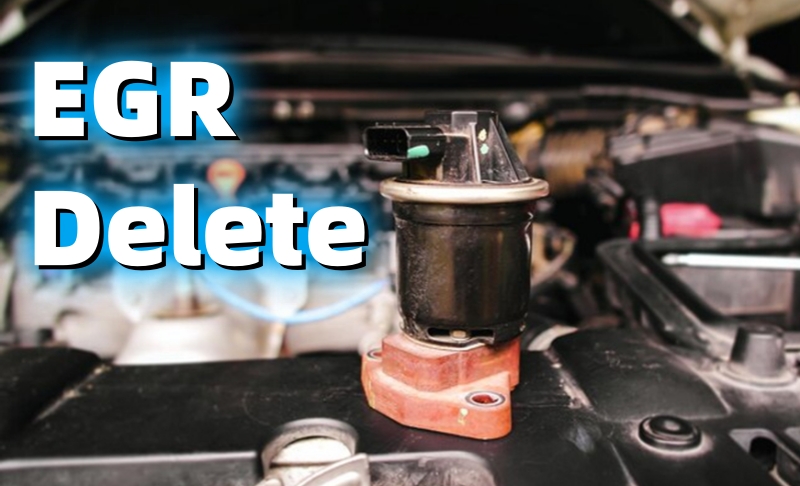
What Is an EGR Delete?
EGR delete refers to removing or disabling the Exhaust Gas Recirculation (EGR) system in a diesel engine. Simply put, it prevents the engine from recirculating exhaust gases back into the intake manifold. This modification typically uses an EGR removal kit, which removes components such as the EGR valve, EGR cooler, and connecting pipes.
Why Delete EGR?
In short: People remove EGR to improve engine performance, reduce maintenance costs, and avoid power loss due to carbon buildup.
In modern diesel engines, the EGR system is designed to meet the U.S. Environmental Protection Agency (EPA) emissions regulations. Its primary purpose is to reduce harmful nitrogen oxides (NOx) emissions – a major contributor to smog and air pollution. It works by recirculating a portion of exhaust gas back into the intake manifold, lowering combustion temperatures and thus reducing NOx formation.
However, while the EGR system plays a crucial role in emissions control, over time, these deposits can clog the intake manifold, EGR valve, and cooler, leading to unstable idling, reduced power, and higher maintenance costs. Therefore, some vehicle owners consider removing the EGR system.
It's important to note that removing the EGR system is illegal in most areas. We will now explain the advantages and disadvantages of EGR removal in detail.

EGR Delete Pros and Cons
Now that we know what EGR delete is and how it works. Let's look at the pros and cons of EGR removal to help you make an informed decision.
2.1 Advantages of EGR Removal
(1) Improve engine performance
When EGR is canceled, the exhaust gas is no longer recirculated and the proportion of fresh air increases. This results in more complete combustion, increased torque and horsepower.
Taking Ford 6.7L Powerstroke diesel engine as an example, the increase in peak torque and horsepower after EGR removal is shown in the figure below:

(2) Reduce heat load and improve throttle response
After removing EGR, the exhaust gas is no longer circulated to the combustion chamber, and the temperature will be lower. This can reduce the damage to the piston and cylinder head caused by high temperature and extend the life of the engine. In addition, the throttle response will be more direct.
(3) Reduce maintenance costs
EGR can cause many problems, such as blockage, fuel consumption, etc. After removing EGR, all related problems can be eliminated. Therefore, we can save a lot of money, including fuel costs, cleaning costs and replacement costs. Taking the 6.7 Powerstroke as an example, after removing the EGR, the savings are: $8783.72.

(4) Avoid EGR cooler blockage and reduce carbon deposits
One of the biggest problems affecting the EGR system is carbon deposits. Long-term use will cause thick carbon deposits to form inside the EGR valve, intake manifold and cooler. Therefore, after removing the EGR, the exhaust gas no longer flows through the cooling pipe, completely avoiding the risk of blockage.
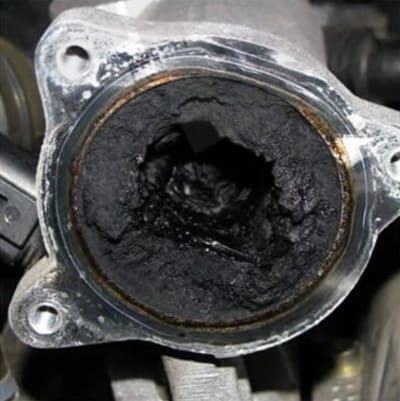
(5) Improve fuel consumption efficiency
Since EGR recycles the exhaust gas, the combustion may not be complete, thereby reducing the combustion efficiency. In the long run, it may affect fuel economy. After removing EGR, fuel efficiency will be improved to a certain extent.
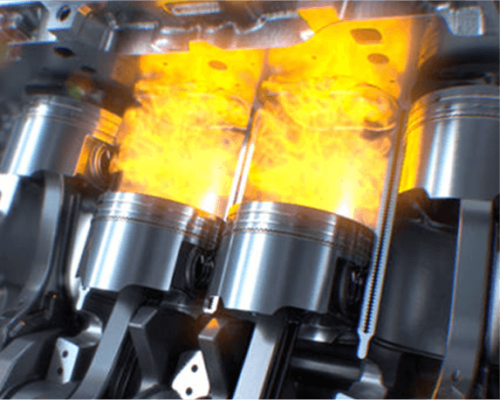
2.2 Disadvantages of EGR Delete
(1) Legal and Environmental Issues
As mentioned above, in the United States, the Environmental Protection Agency (EPA) has strict regulations on emissions control for diesel engines. Removing the EGR system may result in a vehicle violating the Clean Air Act. The vehicle may also be marked as "non-compliant" and fail its annual inspection.
(2) Impact on warranty
Some automakers may consider the removal of EGR as "unauthorized tampering with emissions controls." Therefore, it would terminate the warranty on the engine and related components. In addition, if the accident is related to the EGR deletion problem, the insurance company may refuse to pay.
(3) Ethical controversy
The main function of EGR deletion is to reduce the emission of nitrogen oxides (NOx). This type of exhaust gas is the main component of smog and acid rain, which is harmful to the environment and human health.
While the increase in emissions from eliminating an EGR system in a single vehicle may seem small, large-scale retrofitting (such as of a logistics fleet) will lead to a deterioration in regional air quality and harm public health.
Conclusion: Is an EGR Delete Worth It?
In short, removing the EGR system does offer significant advantages in terms of performance improvement and reduced maintenance costs. However, it also comes with legal, environmental, and warranty risks.
Recommendation : If you primarily use the vehicle off-road, on the racetrack, or on off-road roads, and fully understand the legal and environmental risks, removing the EGR may provide performance and maintenance benefits.
- Reduced heat stress and better throttle response
- Improved horsepower and torque
- Lower maintenance costs (avoids EGR failures)
- Cleaner intake system with less carbon buildup
- Potential fuel efficiency improvements
- Illegal in many regions
- Voids factory and extended warranties
- Increased NOx emissions, harming air quality
- May make vehicle difficult to sell or register
- Ethical concerns over environmental impact
How to Do an EGR Delete
In general, EGR deletion is achieved by the EGR Delete Kit. Install it on your car, the exhaust gas will no longer circulate, and there will be no EGR-related problems.
EGR removal usually involves the following steps:
(1) Physical removal of EGR related components
You need to first remove EGR components such as the EGR valve, EGR cooling device, and the EGR connecting pipe.
(2) Install the EGR removal kit
After physically removing the EGR components, you need to install the EGR delete kit to seal the pipes and ensure stable operation of the system.
(3) Install the EGR sealing plates
These metal plates are used to seal the EGR ports on the exhaust manifold to prevent leakage.
(4) ECU Tuning
Another important component is ECU tuning. Why is ECU tuning needed?
The electronic control unit (ECU) of modern engines detects the status of the EGR valve and may trigger fault codes. If the EGR valve is removed but the ECU still tries to control it, it may cause the Check Engine Light (CEL) to illuminate. Using an ECU tuner, you can prevent this situation.
View also: Is Tuning Necessary after DPF Delete
Recommended EGR Delete Kits for Popular Engines
EGR delete is very popular in the diesel engine modification market. Since the EGR system design of different engines varies, it is important to choose the right EGR delete kit.
The following is an analysis of the EGR delete problem and recommended EGR delete kits for three popular diesel engines: 6.7L Powerstroke, 6.7L Cummins and 6.0L PowerStroke.
1. 6.7L Powerstroke:
The 6.7L Powerstroke (2011+ Ford F-250/F-350/F-450) uses a more complex EGR cooling system that is more difficult to remove than the older 6.4L models. In addition, the new Powerstroke's ECU monitoring system is more advanced, and it is easier to trigger a fault code after EGR deletion, so ECU reprogramming is required.
✅ Recommended Solution:
Special Kit: Suncent 6.7L Powerstroke EGR Delete Kit
Tuning Tool: Mini Maxx EGR Delete Tuner
2. 6.7L Cummins:
EGR cooler leak is a common fault of 6.7L Cummins. Coolant may enter the intake manifold, causing engine overheating or water entering the combustion chamber. And because the ECU monitoring of 6.7L Cummins is more stringent, ECU re-calibration must be performed after EGR deletion.
✅ Recommended Solution:
Special Kit:
Suncent 6.7L L6 Cummins Diesel EGR Delete Kit
Tuning Tool: Mini Maxx EGR Delete Tuner
3. 6.0L Powerstroke:
The 6.0L PowerStroke (2003-2007 Ford F-250/F-350) is one of the most prone to EGR failure engines in diesel trucks due to its EGR design problems. It is easy to have EGR cooler blockage, EGR valve stuck, etc. In addition, ECU monitoring issues after EGR deletion are also an important consideration.
✅ Recommended Solution:
Special Kit: Suncent 6.0L Powerstroke EGR Delete Kit
Tuning Tool: Mini Maxx EGR Delete Tuner
Learn More: EGR Delete vs EGR Block-off vs EGR Bypass
When discussing EGR removal, you might encounter the terms EGR Delete, EGR Block-off, and EGR Bypass. While all involve the exhaust gas recirculation system, their practical operation, effects, and risks differ.
| EGR Delete | EGR Block-off | EGR Bypass | |
|---|---|---|---|
| Definition | Completely remove or disable the EGR system, including the EGR valve, EGR cooler, and piping. | Seal the EGR valve inlets with a metal plate, but retain the original system. | Modify the piping to redirect exhaust gases to another location or backflow system, rather than completely removing it. |
| Exhaust Gas Recirculation | Stop all exhaust gas recirculation | Stop exhaust gas from entering the intake manifold | Some exhaust gas is bypassed, but some may still be recirculated |
| Power Enhancement | High | Medium | Low |
| Fuel Efficiency | High | Medium | Low |
| ECU Tuning Requirements | Required | Usually not required, but some vehicles may require it | Minor tuning is usually requiredow |
| Warranty Impact | High | Medium | Medium |
| Regulatory risks | High | High | Medium |
| Applicable Scenarios | Off-road, racetrack, for maximum performance | Minor modifications or testing vehicle performance | Minor modifications or reducing carbon buildup while preserving system functionality |
FAQs about EGR Delete
Conclusion
In conclusion, removing the EGR system is a far-reaching modification. While it can improve the power and reliability of diesel engines, it also has serious legal and environmental consequences. Therefore, you need to carefully weigh the pros and cons before deciding to remove the EGR system.
If you do decide to remove the EGR system, be sure to choose a high-quality, vehicle-specific EGR system removal kit and have it installed by a professional technician.





















